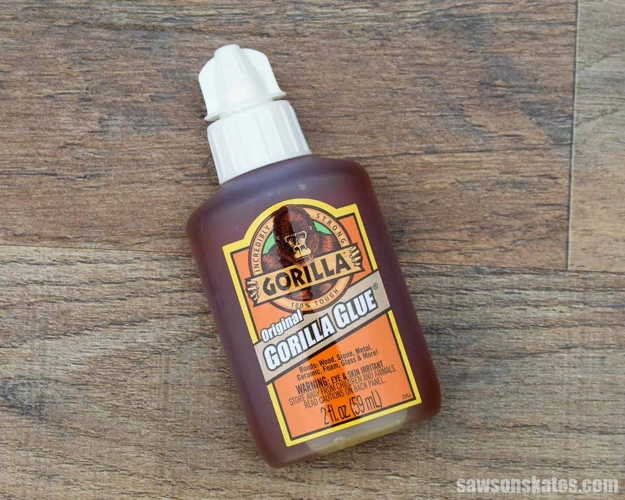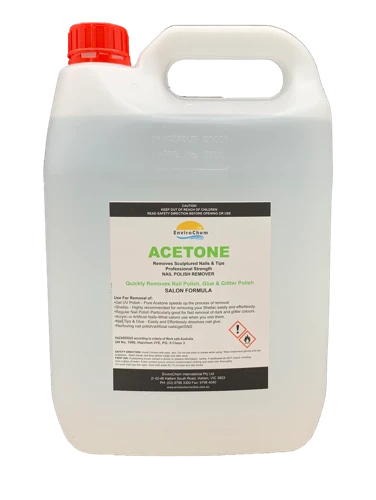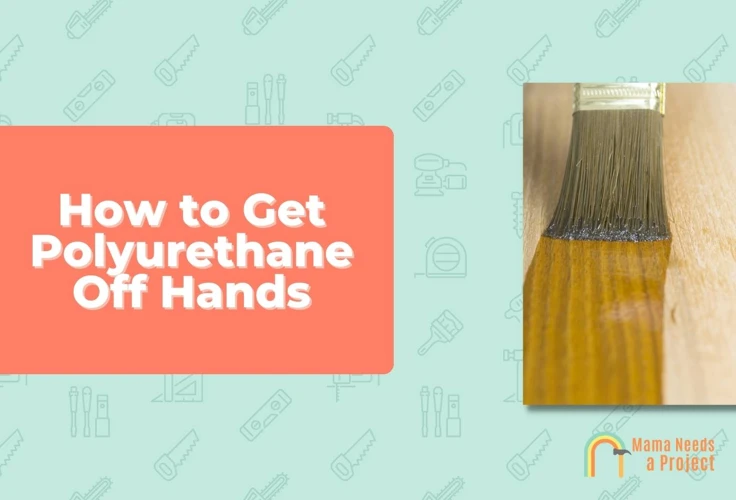When you’re in the midst of a DIY project or professional work, polyurethane glue is a formidable ally due to its robust adhesive properties. However, this strength can become a challenge when it comes into contact with skin. Removing polyurethane glue from skin can be tricky, but with the right approach, you can tackle the problem effectively and safely.
Understanding Polyurethane Glue Types
Water-Based vs. Oil-Based Polyurethane Glue
Before diving into removal techniques, it’s crucial to understand the types of polyurethane glue you might encounter. Water-based varieties are easier to clean when wet and are more environmentally friendly. Oil-based glues, on the other hand, are waterproof and typically require stronger solvents for cleaning polyurethane glue off skin.
Immediate Actions to Remove Polyurethane Glue from Skin
Dealing with Wet Polyurethane Glue on Hands
If you’ve just gotten polyurethane glue on your hands, act swiftly. The goal is to remove as much as possible before it dries. Start by wiping your hands with a dry cloth to eliminate any excess glue. Then, rinse your hands under warm water while gently rubbing the area.
Safe Removal of Polyurethane Adhesive
For a safe removal of polyurethane adhesive, it’s best to avoid harsh chemicals initially. Mild soap and warm water can be quite effective if the glue hasn’t fully cured. If this doesn’t work, you might need to consider other methods to break down the adhesive properties without harming your skin.
Step-by-Step Guide to Cleaning Polyurethane Glue
Removing Dried Polyurethane from Hands
Once polyurethane glue has dried, the removal process becomes more challenging. Begin by soaking your hands in warm soapy water to soften the glue. Next, gently peel or roll the edges of the glue. If necessary, use a blunt tool, like a spoon, to help lift the adhesive without scratching your skin.
How to Remove Gorilla Glue from Hands
Gorilla Glue, a popular polyurethane product, is known for its formidable bonding power. To tackle this, soak the affected area in warm, soapy water for several minutes. Then, applying a combination of baking soda and coconut oil can help to break down the glue’s grip, making it easier to rub off.
Skin-Safe Solvents and Techniques for Polyurethane Glue Removal
Dissolve Polyurethane Glue on Hands with Household Items
- Vegetable or olive oil: These oils can help loosen the glue’s bond.
- Baking soda and oil paste: The mild abrasive nature of baking soda can assist in lifting the glue.
- Acetone/nail polish remover: A small amount can break down the adhesive, but it should be used sparingly as it can dry out and irritate the skin.
Commercial Products for Polyurethane Glue Cleanup
There are commercial products designed specifically for polyurethane glue removal. These often contain active ingredients that target adhesives without damaging the skin. Always follow the instructions and use in a well-ventilated area.
Advanced Tips for Removing Stubborn Glue from Skin
Polyurethane Glue Cleanup Tips for Tough Situations
For those instances where removing stubborn glue from skin seems impossible, consider gently exfoliating with a pumice stone after soaking. As a last resort, a professional-grade adhesive remover can be used, but ensure it’s safe for skin contact and test on a small area first.
Preventive Measures to Avoid Future Incidents
Best Practices for Getting Polyurethane Off Hands
Prevention is always better than cure. Wearing gloves, applying a barrier cream, and keeping hands well-moisturized can significantly reduce the chances of polyurethane glue bonding to your skin. Moreover, keeping wipes or a clean rag handy can help with immediate cleanup should any glue spill.
Frequently Asked Questions About Polyurethane Glue Removal
What are Skin-Safe Solvents for Polyurethane Glue?
When seeking skin-safe solvents for polyurethane glue, consider mineral oil, vegetable oil, or specially formulated commercial removers that are dermatologically tested. These options are generally safe and effective when dealing with skin adhesive incidents.
Can You Remove Polyurethane Without Harsh Chemicals?
Absolutely, you can often dissolve polyurethane glue on hands using household items like oils or a mixture of baking soda and oil. These methods are less aggressive and can protect your skin’s natural barrier while still tackling the pesky glue.
Struggling with different types of adhesive messes? Whether you’re dealing with flooring installations or craft projects, sticky situations are bound to arise. If you’ve had an encounter with polyurethane glue and need some tips on handling it, our article on how to get polyurethane glue off your hands will come in handy. But that’s not all; if you’re facing challenges with linoleum glue on your concrete surfaces, check out our guide on how to get linoleum glue off concrete. For those of you who have had a mishap with super glue on acrylics, don’t worry — we have an article on how to get super glue off acrylic. And if you’ve ever wondered how to remove super glue from your hands using a common kitchen ingredient, our piece on how to get super glue off hands with salt is sure to provide some helpful tips.
Final Thoughts on Polyurethane Glue Removal from Hands
In conclusion, while polyurethane glue is a powerful bonding agent, there are several strategies to effectively remove it from skin. By understanding the type of glue, acting promptly, and employing skin-safe techniques, you can resolve the sticky situation without compromising your skin’s health. Remember, prevention and proper cleanup are the best ways to keep your hands free of unwanted adhesives.


